Alberta
Alberta reports second COVID-19 death. Three Red Deer doctors test positive after working with dozens of patients. Outbreak at Calgary long-term care facility

From the Province of Alberta
Update 11: COVID-19 pandemic in Alberta (March 24 at 5:30 p.m.)
A second Albertan has died. 57 additional cases of COVID-19 have been confirmed. Total number of cases in the province is 358.
Aggressive public health measures continue to help limit the spread of COVID-19.
Latest updates
- Cases have been identified in all zones across the province:
- 214 cases in the Calgary zone
- 86 cases in the Edmonton zone
- 20 cases in the North zone
- 28 cases in the Central zone
- Eight cases in the South zone
- Two cases where the zone is still under investigation
- Of these cases, 19 have been hospitalized, seven have been admitted to intensive care units (ICU), and two patients have died.
- Up to 28 of these cases may be due to community transmission.
- A COVID-19 outbreak was confirmed last night at the McKenzie Towne Continuing Care Centre in Calgary.
- This has resulted in one death of a resident – the second COVID-19 related death in the province. The individual was a female in her 80s. She developed symptoms on March 22 and died March 23.
- One staff member and two other residents have tested positive.
- There are 11 other symptomatic residents with tests pending.
- The source of the infection is not yet known.
- The number of confirmed recovered cases remains at three. A longer-term process for determining timely reporting of recovered cases is underway.
- Aggregate data, showing cases by age range and zone, as well as by local geographical areas, is available online at ca/covid19statistics.
- All Albertans who have travelled outside of the country, including snowbirds returning home from wintering in the United States and other countries, must go straight home upon returning to Alberta and self-isolate for 14 days.
- This means not going to the grocery store, not stopping at the kennel to pick up their dog, not dropping their RV off for service or storage, and not having family and friends over to visit or going to visit them while isolated. It means going directly and immediately home, self-isolating for 14 days and monitoring for symptoms.
- If symptoms do develop, individuals must self-isolate from all other members of their household for an additional 10 days from the beginning of symptoms or until they are feeling well, whichever takes longer.
- People not experiencing symptoms are reminded they can still go outside, but this must be limited to activities such as walks, where the individual remains two metres away from others.
- A bonspiel event was held in Edmonton March 11 to 14, during which some physicians were exposed to COVID-19.
- All attendees have been contacted and are self-isolating.
- Twelve of the 47 Alberta health-care workers who attended the event have tested positive for COVID-19.
- All of their close contacts from the time they had symptoms, including some patients, are being notified as usual through local public health followup.
- Three of the infected individuals are physicians working in Red Deer.
- From these three cases, although they each worked less than a day while symptomatic, a total of 58 patients and 97 other health-care workers have been or will be contacted as potential close contacts of these three.
- All Albertans need to work together to help prevent the spread and overcome COVID-19.
Community and social services
Funding criteria and forms for the emergency funding to charities, non-profits and civil society organizations are now posted online.
The Emergency Financial Assistance web page now includes information on the federal and provincial supports/programs and a link to the COVID-19 page for more information.
Community and Social Services has suspended in-person service delivery in its program offices and Alberta Supports Centres. Albertans should contact 1-877-644-9992 for more information.
Access to justice
Albertans are asked to not enter courthouses unless they have official business and to first check online for current processes.
Provincial Court of Alberta
Many youth criminal, criminal and family matters are postponed, and the number of operational courthouses and courtrooms is reduced. More information: https://www.albertacourts.ca/pc/resources/covid
Court of Appeal
The Court of Appeal will hear matters by video or teleconference. Changes have been made to filing procedures, timelines and bail check-ins. More information: https://www.albertacourts.ca/ca/publications/announcements/notice-to-public-and-profession—covid-19
Court of Queen’s Bench
The Court of Queen’s Bench will now allow lawyers to e-file documents. More information: https://www.albertacourts.ca/qb/resources/announcements/email-filing-of-court-documents
Information about charitable gaming proceeds
Charitable groups can access information about how charitable gaming proceeds may be used during the pandemic. Contact aglc.ca for more information.
Ongoing compliance checks for bars and nightclubs
AGLC inspectors have visited 953 licensed bars and nightclubs throughout the province since March 17 and are taking enforcement action, including suspending licences, on any licensees that violate current orders to close.
Seniors facilities limiting visitation
Seniors facilities are receiving social isolation and distancing information, and stronger restrictions are being put in place for visitors to long-term and seniors care facilities. Essential visitors will be restricted to a single individual who can be family, a friend, or a paid companion who provides care and companionship necessary for the well-being of the resident (physical and mental health) and/or a single designated visitor for a person who is dying, as long as only one visitor enters the facility at a time. Every visitor will undergo a health screening.
Offers of help
The Alberta Emergency Management Agency Unsolicited Offers Program has been set up in response to growing offers of generosity from individuals and organizations to help with the challenges many Albertans are facing due to the COVID-19 pandemic. Those wanting to help can go to alberta.ca/COVID19offersprogram for more information.
Quick facts
- The most important measures that Albertans can take to prevent respiratory illnesses, including COVID-19, is to practise good hygiene.
- This includes cleaning your hands regularly for at least 20 seconds, avoiding touching your face, coughing or sneezing into your elbow or sleeve, disposing of tissues appropriately, and staying home and away from others if you are sick.
- Anyone who has health concerns or is experiencing symptoms of COVID-19 should complete an online COVID-19 self-assessment.
- For recommendations on protecting yourself and your community, visit alberta.ca/COVID19.
Alberta
Low oil prices could have big consequences for Alberta’s finances

From the Fraser Institute
By Tegan Hill
Amid the tariff war, the price of West Texas Intermediate oil—a common benchmark—recently dropped below US$60 per barrel. Given every $1 drop in oil prices is an estimated $750 million hit to provincial revenues, if oil prices remain low for long, there could be big implications for Alberta’s budget.
The Smith government already projects a $5.2 billion budget deficit in 2025/26 with continued deficits over the following two years. This year’s deficit is based on oil prices averaging US$68.00 per barrel. While the budget does include a $4 billion “contingency” for unforeseen events, given the economic and fiscal impact of Trump’s tariffs, it could quickly be eaten up.
Budget deficits come with costs for Albertans, who will already pay a projected $600 each in provincial government debt interest in 2025/26. That’s money that could have gone towards health care and education, or even tax relief.
Unfortunately, this is all part of the resource revenue rollercoaster that’s are all too familiar to Albertans.
Resource revenue (including oil and gas royalties) is inherently volatile. In the last 10 years alone, it has been as high as $25.2 billion in 2022/23 and as low as $2.8 billion in 2015/16. The provincial government typically enjoys budget surpluses—and increases government spending—when oil prices and resource revenue is relatively high, but is thrown into deficits when resource revenues inevitably fall.
Fortunately, the Smith government can mitigate this volatility.
The key is limiting the level of resource revenue included in the budget to a set stable amount. Any resource revenue above that stable amount is automatically saved in a rainy-day fund to be withdrawn to maintain that stable amount in the budget during years of relatively low resource revenue. The logic is simple: save during the good times so you can weather the storm during bad times.
Indeed, if the Smith government had created a rainy-day account in 2023, for example, it could have already built up a sizeable fund to help stabilize the budget when resource revenue declines. While the Smith government has deposited some money in the Heritage Fund in recent years, it has not created a dedicated rainy-day account or introduced a similar mechanism to help stabilize provincial finances.
Limiting the amount of resource revenue in the budget, particularly during times of relatively high resource revenue, also tempers demand for higher spending, which is only fiscally sustainable with permanently high resource revenues. In other words, if the government creates a rainy-day account, spending would become more closely align with stable ongoing levels of revenue.
And it’s not too late. To end the boom-bust cycle and finally help stabilize provincial finances, the Smith government should create a rainy-day account.
Alberta
Governments in Alberta should spur homebuilding amid population explosion

From the Fraser Institute
By Tegan Hill and Austin Thompson
In 2024, construction started on 47,827 housing units—the most since 48,336 units in 2007 when population growth was less than half of what it was in 2024.
Alberta has long been viewed as an oasis in Canada’s overheated housing market—a refuge for Canadians priced out of high-cost centres such as Vancouver and Toronto. But the oasis is starting to dry up. House prices and rents in the province have spiked by about one-third since the start of the pandemic. According to a recent Maru poll, more than 70 per cent of Calgarians and Edmontonians doubt they will ever be able to afford a home in their city. Which raises the question: how much longer can this go on?
Alberta’s housing affordability problem reflects a simple reality—not enough homes have been built to accommodate the province’s growing population. The result? More Albertans competing for the same homes and rental units, pushing prices higher.
Population growth has always been volatile in Alberta, but the recent surge, fuelled by record levels of immigration, is unprecedented. Alberta has set new population growth records every year since 2022, culminating in the largest-ever increase of 186,704 new residents in 2024—nearly 70 per cent more than the largest pre-pandemic increase in 2013.
Homebuilding has increased, but not enough to keep pace with the rise in population. In 2024, construction started on 47,827 housing units—the most since 48,336 units in 2007 when population growth was less than half of what it was in 2024.
Moreover, from 1972 to 2019, Alberta added 2.1 new residents (on average) for every housing unit started compared to 3.9 new residents for every housing unit started in 2024. Put differently, today nearly twice as many new residents are potentially competing for each new home compared to historical norms.
While Alberta attracts more Canadians from other provinces than any other province, federal immigration and residency policies drive Alberta’s population growth. So while the provincial government has little control over its population growth, provincial and municipal governments can affect the pace of homebuilding.
For example, recent provincial amendments to the city charters in Calgary and Edmonton have helped standardize building codes, which should minimize cost and complexity for builders who operate across different jurisdictions. Municipal zoning reforms in Calgary, Edmonton and Red Deer have made it easier to build higher-density housing, and Lethbridge and Medicine Hat may soon follow suit. These changes should make it easier and faster to build homes, helping Alberta maintain some of the least restrictive building rules and quickest approval timelines in Canada.
There is, however, room for improvement. Policymakers at both the provincial and municipal level should streamline rules for building, reduce regulatory uncertainty and development costs, and shorten timelines for permit approvals. Calgary, for instance, imposes fees on developers to fund a wide array of public infrastructure—including roads, sewers, libraries, even buses—while Edmonton currently only imposes fees to fund the construction of new firehalls.
It’s difficult to say how long Alberta’s housing affordability woes will endure, but the situation is unlikely to improve unless homebuilding increases, spurred by government policies that facilitate more development.
-
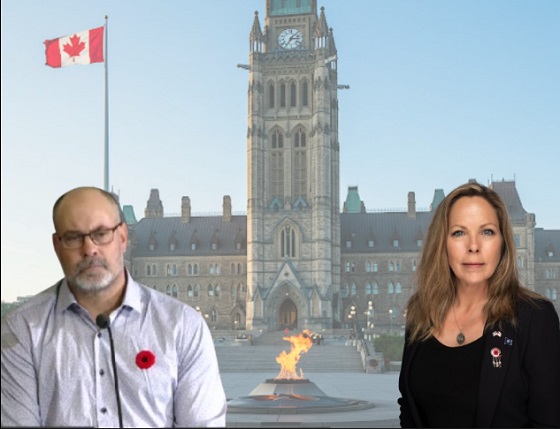
 C2C Journal2 days ago
C2C Journal2 days ago“Freedom of Expression Should Win Every Time”: In Conversation with Freedom Convoy Trial Lawyer Lawrence Greenspon
-
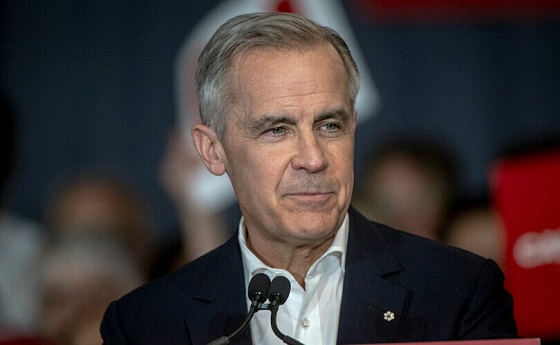
 2025 Federal Election1 day ago
2025 Federal Election1 day agoColumnist warns Carney Liberals will consider a home equity tax on primary residences
-

 Opinion2 days ago
Opinion2 days agoCanadians Must Turn Out in Historic Numbers—Following Taiwan’s Example to Defeat PRC Election Interference
-

 International1 day ago
International1 day agoJeffrey Epstein accuser Virginia Giuffre reportedly dies by suicide
-

 2025 Federal Election1 day ago
2025 Federal Election1 day agoNine Dead After SUV Plows Into Vancouver Festival Crowd, Raising Election-Eve Concerns Over Public Safety
-
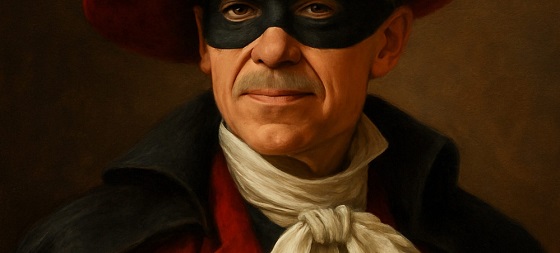
 2025 Federal Election1 day ago
2025 Federal Election1 day agoMark Carney: Our Number-One Alberta Separatist
-
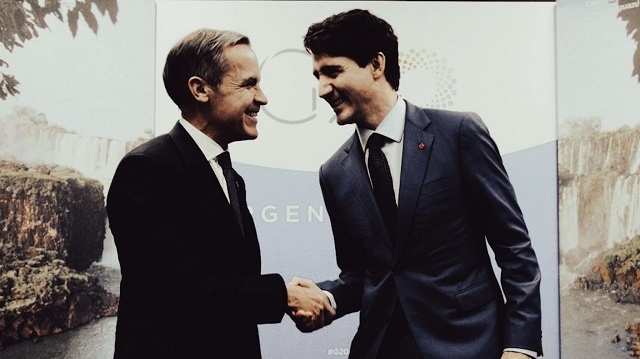
 2025 Federal Election18 hours ago
2025 Federal Election18 hours agoCanada is squandering the greatest oil opportunity on Earth
-
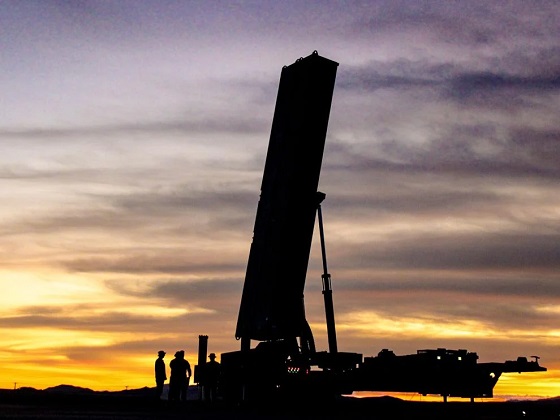
 International14 hours ago
International14 hours agoU.S. Army names new long-range hypersonic weapon ‘Dark Eagle’








